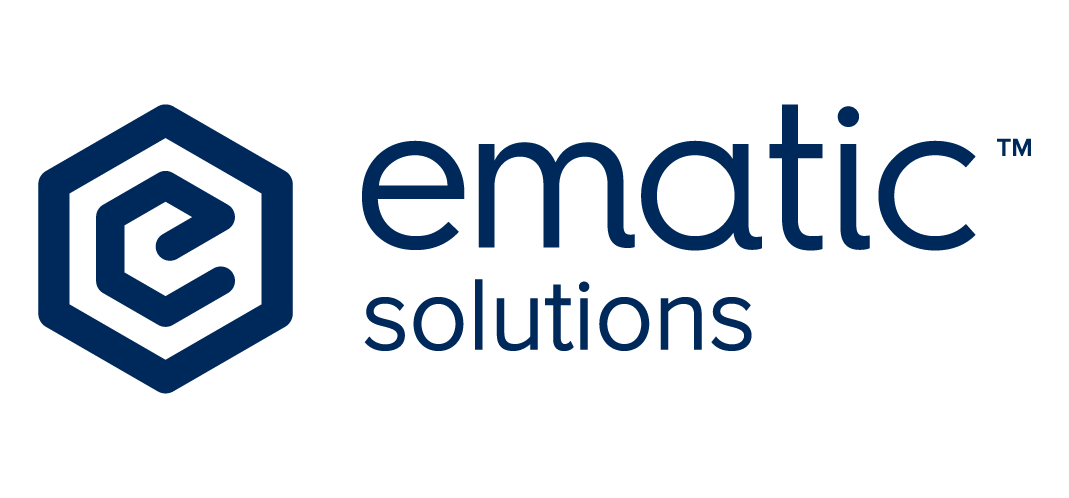Mixpanel: A product analytics to convert, engage, and retain more users

About Mixpanel Are you transforming your business with data? Mixpanel can help you gain insight into every step of a customer’s journey to see exactly how they’re using your product. This product analytics solution provides unparalleled tools to slice and dice the data on your product, from retention and engagement to funnels and cohorts. It is the leading web and mobile analytics platform used by over 6,000 customers to understand your users better and build better products. Using Mixpanel, you can learn about your product’s behavior: what motivates users to complete a specific event? Where does traffic drop off? Moreover, with Mixpanel, you can unlock actionable insights based on events in real-time. From there, you can see the trends across your entire product. Mixpanel Features Besides Mixpanel, some powerful platforms are available in the market right now, such as Amplitude. Both platforms are powerful, self-serve analytics tools that give deep insights into your customers. Mixpanel is designed for a mid-market segment, while Amplitude is suitable for a high-market segment. Mixpanel offers two different tiers of pricing depending on your company’s goals. You’ll be charged based on a Monthly Tracked User (MTU) or event-based. On top of that, Mixpanel has a variety of features that will be helpful to your team in different ways: Interactive Reports: With a few clicks, you can query your data and get visualizations in seconds. This makes it simple to answer inquiries about how your product is being used, who stays, and much more. Team Dashboards & Alerts: Summarize how the items you send affect the figures that matter, and track all of your product’s KPIs in one spot. Limitless Segmentation: Any form of analysis can be broken down by any event or user property, such as operating system or location. Group Analytics: Calculate measures such as product uptake, active usage, and retention at the account or company level. Data Integrations: Set up and simplify the exploration of product and user activity data without the need for SQL. Data Management: Define, manage, and transform your data with ease so that you can confidently analyze it. Security & Privacy: By adhering to international data regulations such as GDPR, CCPA, HIPAA, and others, your information will remain confidential and secure. Scalable Infrastructure: Analyze your raw user event stream data at scale, with no pre-computation required. How Ematic Can Help If you’d like to learn more about Mixpanel, Ematic can assist you to set up a demo and guarantee you’re receiving the best deal. Furthermore, if additional assistance is required, we provide implementation services and consultancy to ensure a seamless onboarding and maximum adoption of the solution. To find out more, please contact us!
Future-proof your customer data infrastructure

Now more than ever, customers expect personalized, integrated, and frictionless digital experiences – and it’s rapidly changing how businesses build and adapt their customer data infrastructure. Therefore it’s no surprise that businesses are demanding solutions that provide more flexibility, visibility, and control over how they collect and integrate their customer data. Achieve your goals today and adapt for the future We’ve discussed the shift in how businesses adopt and deploy software, moving away from the “build or buy” mentality to a combined model of implementing customizable infrastructure “building blocks” that allow for adaptability. Businesses are also becoming increasingly aware that flexibility is crucial to future-proofing their data integration strategy, ensuring sustainable data infrastruture and meeting the needs of customers in this evolving landscape. Whether you choose to build, buy, or some combination of the two, a future-proof data infrastructure will meet your company’s needs today and offer the flexibility to adapt for the future. That’s why trends like composability are gaining so much momentum. Composability allows for extensibility and the customization of out-of-the-box features that enable new business scenarios and use cases. According to Gartner, 60% of organizations will seek composability in new application investments by 2023 because monolithic application experiences no longer meet the requirements for continuous business agility. How Twilio Segment tackles composability Understanding the importance of composability, Twilio Segment introduced “Destination Actions” – a new framework for building, enabling, and configuring destinations on their platform that allows adapting to any use case with composable customer data integrations. The destination actions feature: Easier setup – Destination Actions eliminates the majority of required settings in the destination setup process by moving hardcoded mappings from code to UI-based configuration. Increased transparency – Each partner destination and associated product capability is exposed in a well-defined schema that is visible directly in the Twilio Segment UI. Customizability – All settings are made modifiable at both the field level and endpoint level. For example, a user could re-wire a track call to update a user profile in a destination. Customizability without sacrificing usability Customer data platforms like Twilio Segment are used across the business by a wide variety of teams, from Engineers and Developers, to Marketers, Product Managers, Data Analysts, and more. These teams work tirelessly to meet the diverse needs of your customers…shouldn’t your CDP do the same? Destination Actions offers the customizability that developers expect without requiring as much code, so less-technical teams can extend their customer data integrations however makes the most sense for them. Let’s take a look at an example… A travel booking company, Fly Inc. wants to use Braze to send targeted emails for their holiday traveler campaign, but the standard configuration doesn’t quite fit its use case. With Braze’s Actions-based destination, only a few settings are required to get data flowing. Once the user reaches the Mappings screen, they have full transparency and flexibility into how their data is delivered. In this standard configuration, we’re sending events, purchases, and customer traits to Braze, using three different Actions. Fly Inc.’s main purchase event is Trip Booked, but our Braze classic destination registers purchases as Order Completed. By using the new Braze Actions-based destination, they can easily edit this trigger to fit its use case. What if the campaign requires more personalized targeting? Let’s say, for instance, Fly Inc. wants to include people who visit their pricing page, but supporting page calls is not a Braze best practice out-of-the-box. With Braze Actions, the user can add another instance of the Event Action, but this time, trigger the event when the pricing page is viewed. Next, they can edit the mappings to get an event in Braze called Viewed Pricing. This is just one of the many ways that Destination Actions can be used to customize how data is sent to downstream destinations using Twilio Segment. Available Actions-based Destinations on Segment Segment focuses on adding more action-based destinations as the core competency. There are 5 action-based destinations integrated seamlessly with Segment, including Amplitude: event tracking and segmentation platform for web and mobile apps Braze: engagement platform that delivers omni-channel messaging experiences Customer.IO: automated messaging platform to craft and send emails, push notifications and SMS messages Full Story: Event tracking and segmentation platform for web and mobile apps Slack: Team communication and collaboration platform that offers IRC-style features like chat room and direct messaging And 4 more in Segment’s public beta: Google Enhanced Conversions Facebook Conversions API TikTok Conversions Google Analytics 4 Interested in Segment’s CDP? This content is provided by our partner Twilio Segment. Segment is a market leading customer data platform (CDP) by the silicon valley unicorn Twilio, which helps you unify your customer data for all sources and create a single view of the customers. Content source: https://segment.com/blog/introducing-destination-actions/

